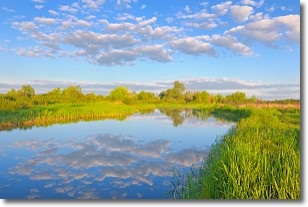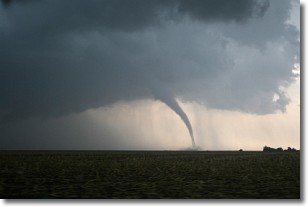Weather Alert in New York
Flood Warning issued May 11 at 9:20PM EDT by NWS Binghamton NY
AREAS AFFECTED: Tompkins, NY
DESCRIPTION: ...The Flood Warning continues for the following rivers in New York... Cayuga Lake At Ithaca affecting Tompkins County. * WHAT...Minor flooding is occurring and moderate flooding is forecast. * WHERE...Cayuga Lake at Ithaca. * WHEN...Until further notice. * IMPACTS...At 384.0 feet, Water will affect some properties along the lake shore in the towns of Ulysses, Trumansburg and Lansing. No homes are flooded at this level. Parks near the lake may flood. Wind waves may cause unusual land erosion and damage docks. * ADDITIONAL DETAILS... - At 9:00 PM EDT Sunday the stage was 384.0 feet. - Forecast...The river is expected to remain steady above flood stage at 384.0 feet. - Flood stage is 383.5 feet. - https://www.weather.gov/safety/flood
INSTRUCTION: Please report observed flooding to local emergency services or law enforcement and request they pass this information to the National Weather Service when you can do so safely. Additional information is available at www.weather.gov. The next statement will be issued Monday afternoon at noon EDT.
Want more detail? Get the Complete 7 Day and Night Detailed Forecast!
Current U.S. National Radar--Current
The Current National Weather Radar is shown below with a UTC Time (subtract 5 hours from UTC to get Eastern Time).

National Weather Forecast--Current
The Current National Weather Forecast and National Weather Map are shown below.

National Weather Forecast for Tomorrow
Tomorrow National Weather Forecast and Tomorrow National Weather Map are show below.

North America Water Vapor (Moisture)
This map shows recent moisture content over North America. Bright and colored areas show high moisture (ie, clouds); brown indicates very little moisture present; black indicates no moisture.

Weather Topic: What are Stratocumulus Clouds?
Home - Education - Cloud Types - Stratocumulus Clouds
 Next Topic: Stratus Clouds
Next Topic: Stratus Clouds
Stratocumulus clouds are similar to altocumulus clouds in their
fluffy appearance, but have a slightly darker shade due to their additional mass.
A good way to distinguish the two cloud types is to hold your hand out and measure
the size of an individual cloud; if it is the size of your thumb it is generally
an altocumulus cloud, if it is the size of your hand it is generally a
stratocumulus cloud.
It is uncommon for stratocumulus clouds to produce precipitation, but if they do
it is usually a light rain or snow.
Next Topic: Stratus Clouds
Weather Topic: What are Wall Clouds?
Home - Education - Cloud Types - Wall Clouds
 Next Topic: Altocumulus Clouds
Next Topic: Altocumulus Clouds
A wall cloud forms underneath the base of a cumulonimbus cloud,
and can be a hotbed for deadly tornadoes.
Wall clouds are formed by air flowing into the cumulonimbus clouds, which can
result in the wall cloud descending from the base of the cumulonimbus cloud, or
rising fractus clouds which join to the base of the storm cloud as the wall cloud
takes shape.
Wall clouds can be very large, and in the Northern Hemisphere they generally
form at the southern edge of cumulonimbus clouds.
Next Topic: Altocumulus Clouds
Current conditions powered by WeatherAPI.com




